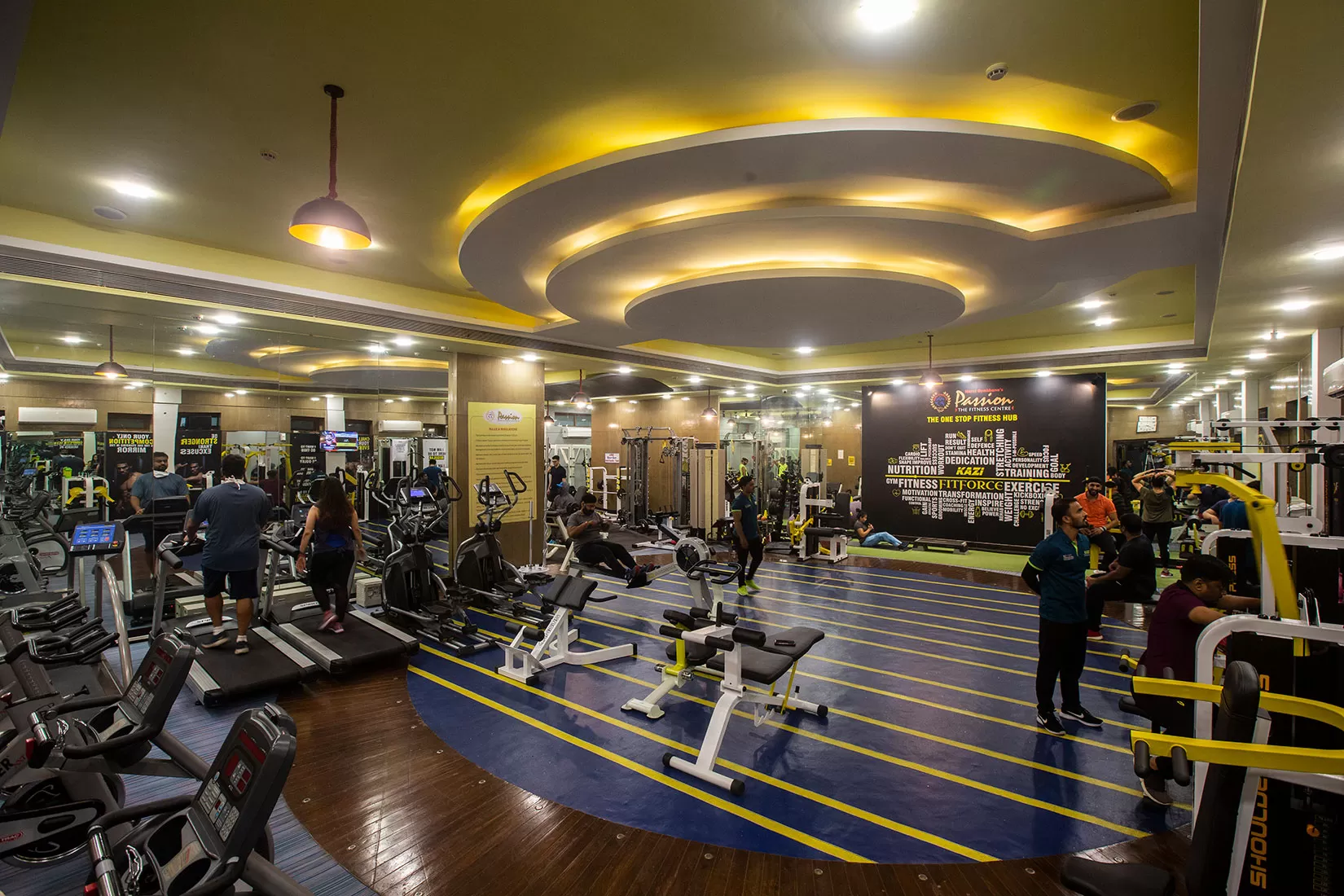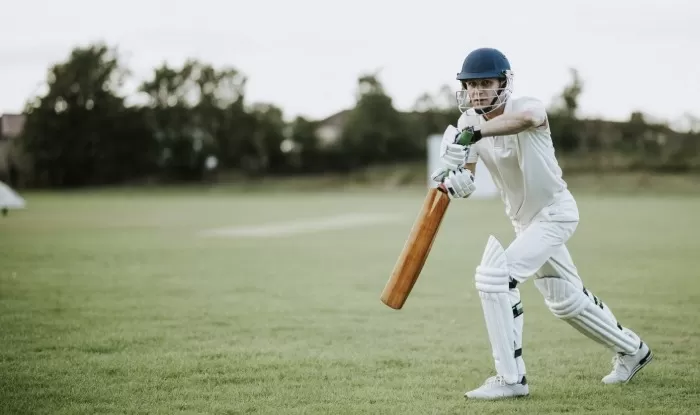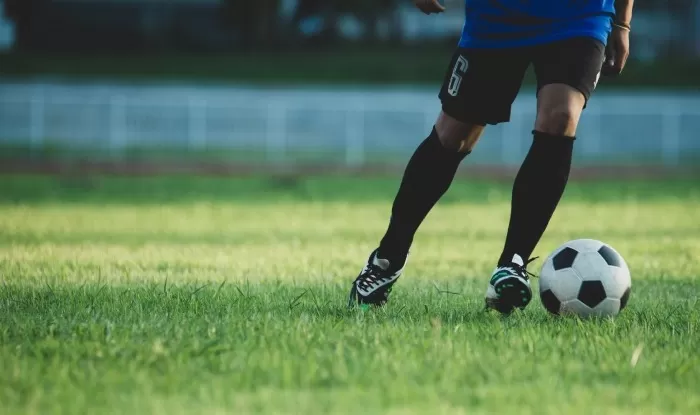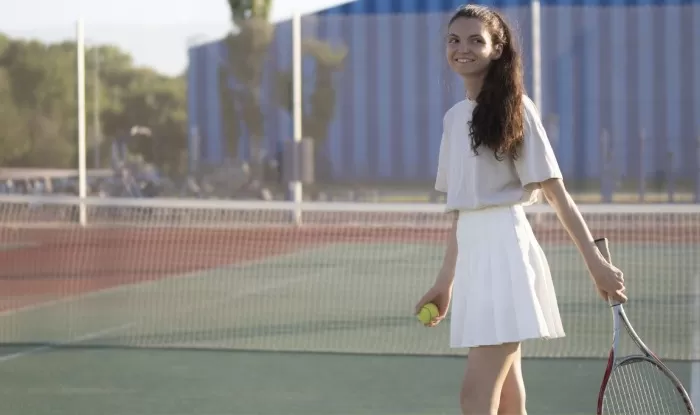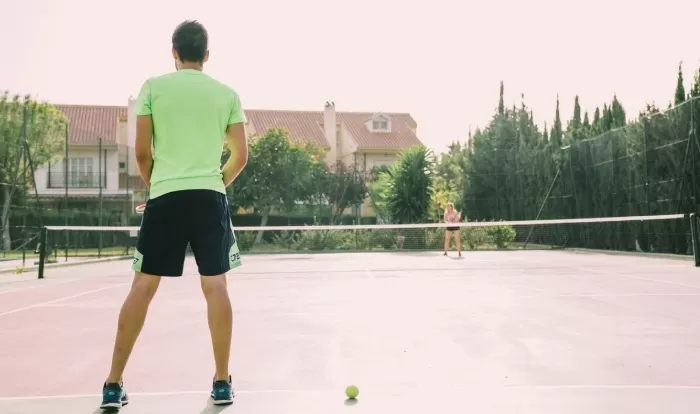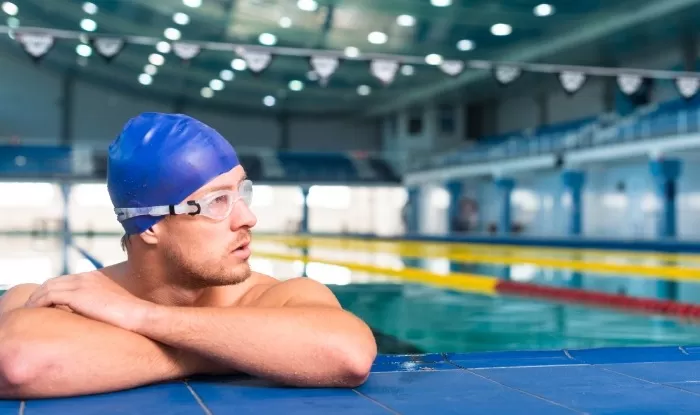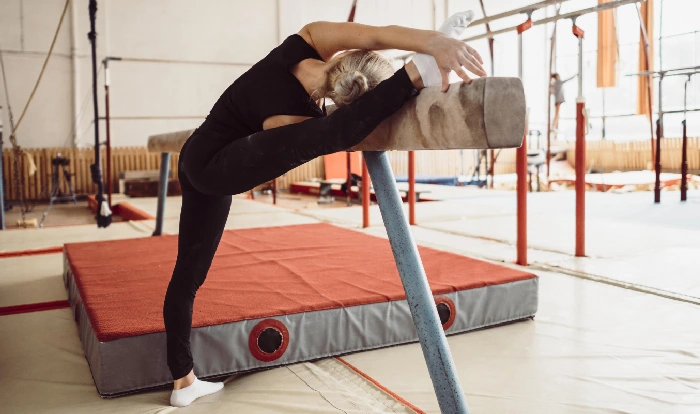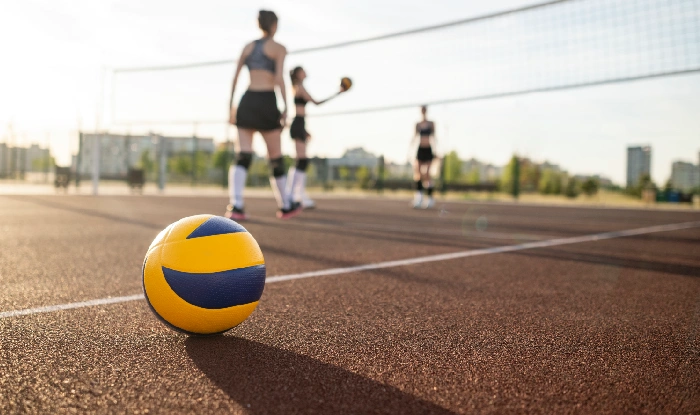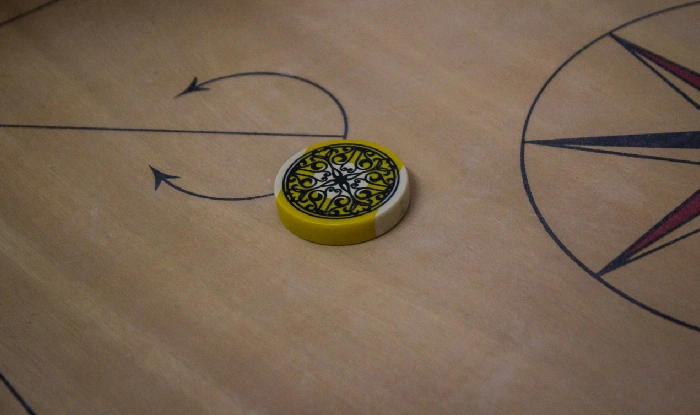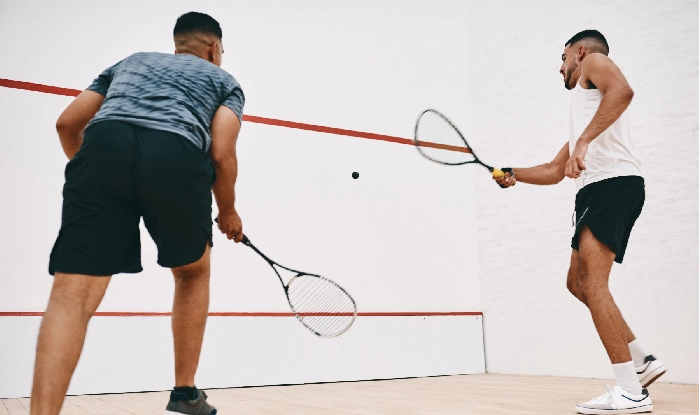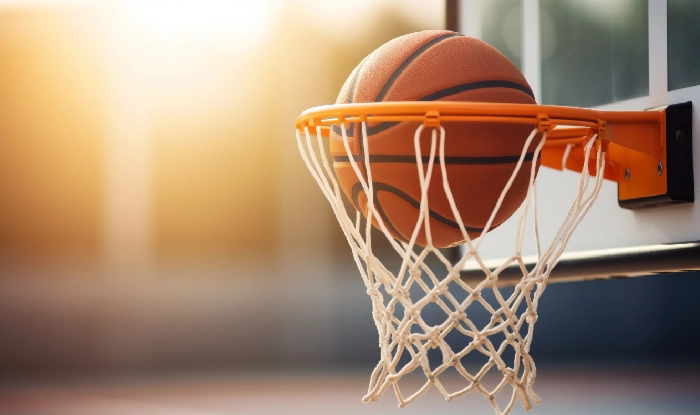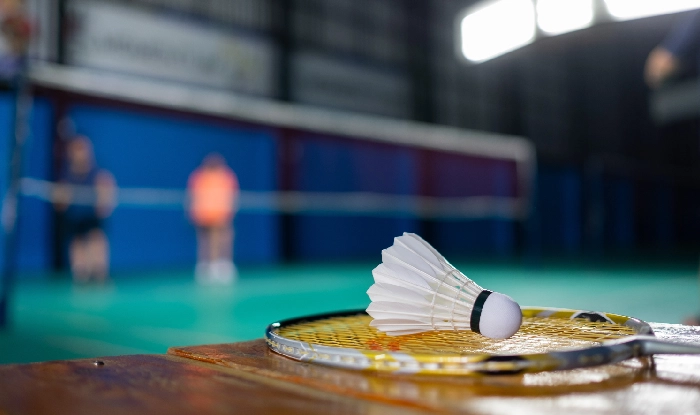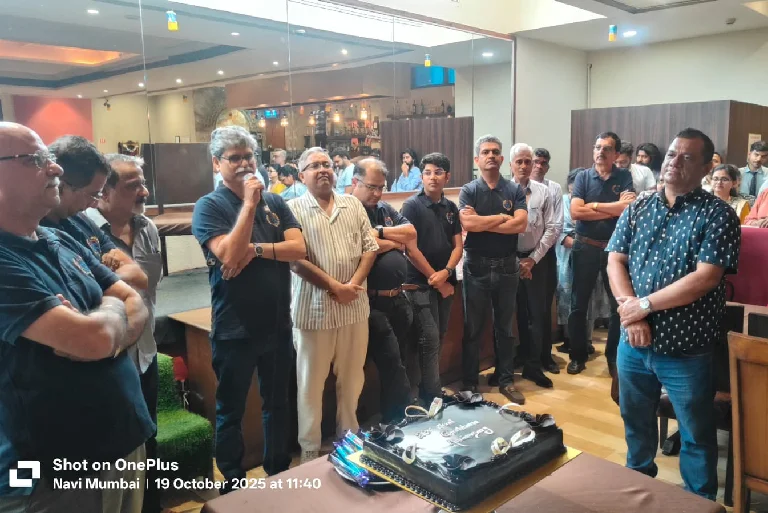So you’ve caught the pickleball bug? Welcome to the club! This sport has been sweeping across neighbourhoods and sports clubs like wildfire and honestly, it’s not hard to see why. It’s got the best bits of tennis, badminton and table tennis all rolled into one addictive package.
Whether you’re thinking about building a court in your backyard or you’re just curious about what makes a proper pickleball court tick, I’ve got you covered. Let’s dive in.
Getting the basics right: Court dimensions
Here’s the thing about pickleball courts: they’re actually pretty standardised, which is great news if you’re planning to build one. The USA Pickleball Association has set some clear guidelines that everyone follows.
Your court needs to be 20 feet wide and 44 feet long. That’s it. Same size, whether you’re playing singles or doubles, which makes things refreshingly simple.
Now, let’s talk about the net. It sits at 36 inches high on the sides and dips down to 34 inches in the middle. Picture it kind of sagging slightly in the center that’s exactly right.
You’ve probably heard about “the kitchen” if you’ve watched any pickleball. It’s not where you make sandwiches, I promise! It’s actually called the non-volley zone, and it extends 7 feet from the net on both sides. Players can’t volley the ball while standing in this area – it’s one of those quirky rules that makes pickleball, well, pickleball.
The court also has service areas on the left and right, each one measuring 10 feet by 15 feet. These boxes are where all the serving action happens.
How much space do you really need?
Here’s where reality kicks in a bit. Sure, the court itself is 20 by 44 feet, but you can’t just paint lines on a space exactly that size. Players need room to move, run back for those lobs and not crash into walls or fences.
For a comfortable setup, you’re looking at about 30 feet wide and 60 feet long as a minimum. That gives everyone breathing room and makes the game way more enjoyable.
If you’re a club or planning something more serious, bump that up to 34 by 64 feet per court. This extra space is perfect for adding benches, water stations or just giving people room to walk between courts.
Planning a backyard court? Don’t stress if you can’t hit these exact numbers. You can work with what you’ve got, but do try to leave some clearance around the playing area. Nobody wants to chase a ball into the neighbor’s rose bushes every five minutes.
What Should You Build Your Court On?
The surface you choose makes a huge difference in how the game feels. You’ve got a few solid options:
Concrete or asphalt works great outdoors. It’s tough, long-lasting and handles weather pretty well. Just make sure it’s properly sealed.
Acrylic coating is what you’ll find on most professional courts. It adds grip, looks sharp, and the ball bounces consistently. This is the good stuff.
Wood or vinyl flooring is perfect if you’re building indoors. It’s gentler on the joints and gives a slightly different playing experience – some people swear by it.
At Nerul Gymkhana, we have professionally finished acrylic surfaces on our courts. The feedback’s been amazing – the ball bounces true, it’s easy on the knees, and it holds up beautifully whether it’s sunny or rainy season.
Drawing Those Lines
Once your surface is down, it’s time to mark everything out. You’ll need to clearly mark your baseline at the back, sidelines running down the edges, those kitchen lines 7 feet from the net, the centerline splitting your service boxes, and your service lines.
Use white or bright-colored lines about 2 inches wide. You want them visible without being distracting.
Pro tip for backyard courts: if your space does double duty (maybe the kids use it for other games too), consider using removable tape or chalk. It’s flexible and keeps everyone happy.
Setting Up Your Net
Don’t cheap out on the net – it’s one of those things worth getting right. A proper pickleball net should be 22 feet long to cover the full width of the court with a bit extra for the posts.
Remember that height we talked about? 36 inches at the posts, 34 inches in the center. If you’re building outdoors, make sure it’s weather-resistant material that won’t fall apart after a few rainstorms.
For home courts, portable nets are actually pretty awesome. You can set them up in minutes, take them down when you’re not using them, and store them in the garage. Perfect for casual play.
Let There Be Light (And Fences)
If you want to play in the evenings – and trust me, you will – you need decent lighting. Around 30 to 40 foot-candles is the sweet spot. Space your light poles evenly around the court so you don’t get weird shadows.
Fencing is non-negotiable unless you enjoy constantly retrieving balls. Go for at least 10 to 12 feet high. Chain-link is affordable and does the job perfectly well. It keeps balls in and gives you something to lean on between games.
Building Your Own Backyard Court? Here's What Works
Creating your own court at home is actually more doable than you might think. Here’s what I’ve learned from people who’ve done it successfully:
Start with a flat surface. Seriously, this matters more than almost anything else. A bumpy court makes for unpredictable bounces and possible twisted ankles.
Portable nets are your friend. They’re not expensive, they set up easily, and you’re not committed to a permanent installation if you’re still testing the waters.
If your yard serves multiple purposes, temporary markings are the way to go. Kids want to play basketball? No problem. You want pickleball? Just roll out the markers.
Think about drainage. Nothing ruins a court faster than water pooling on the surface. A slight slope or proper drainage system saves you headaches down the road.
Add some simple LED floodlights if you can. They’re cheap to run and suddenly your playing time extends well into the evening. Game-changer, literally.
Why we built our courts at Nerul Gymkhana
Look, I get it not everyone can or wants to build their own court. That’s exactly why we put so much effort into our facilities at Nerul Gymkhana.
We’ve got four full-sized courts, all built to those exact standard dimensions we talked about. The acrylic flooring is buttery smooth and safe. Members can book slots easily through our app no calling around or showing up hoping there’s space.
We also run coaching sessions for anyone just starting out and host regular tournaments for those who want to test their skills. It’s become this amazing little community where everyone from absolute beginners to seriously competitive players can find their place.
Final thoughts
Here’s the beautiful thing about pickleball – it really is for everyone. Young, old, athletic, just-getting-started there’s room for all of us on the court.
Whether you’re measuring out lines in your backyard this weekend or checking out your local club’s facilities, the important part is getting out there and playing. The technical stuff matters, sure, but what really matters is that moment when you nail a perfect dink shot or win a rally that felt impossible.
At Nerul Gymkhana, we’ve watched this sport bring people together in ways we never expected.
FAQ’S
The standard pickleball court dimensions are 20 feet wide and 44 feet long for both singles and doubles. The non-volley zone (“kitchen”) extends 7 feet from the net, and the net height is 36 inches at the sides and 34 inches in the center.
While the official pickleball court size is 20×44 ft, players need additional surrounding space for comfort and safety. Ideally, you should have a total area of about 30×60 ft, or 34×64 ft for club-level setups.
When choosing a pickleball club near you, consider factors like court availability, membership fees, coaching quality, player community, and whether the club offers beginner-friendly sessions or competitive leagues.
For a durable backyard pickleball court, concrete or asphalt with an acrylic coating works best outdoors. For indoor spaces, wood or vinyl flooring provides excellent bounce and is easier on the joints.

